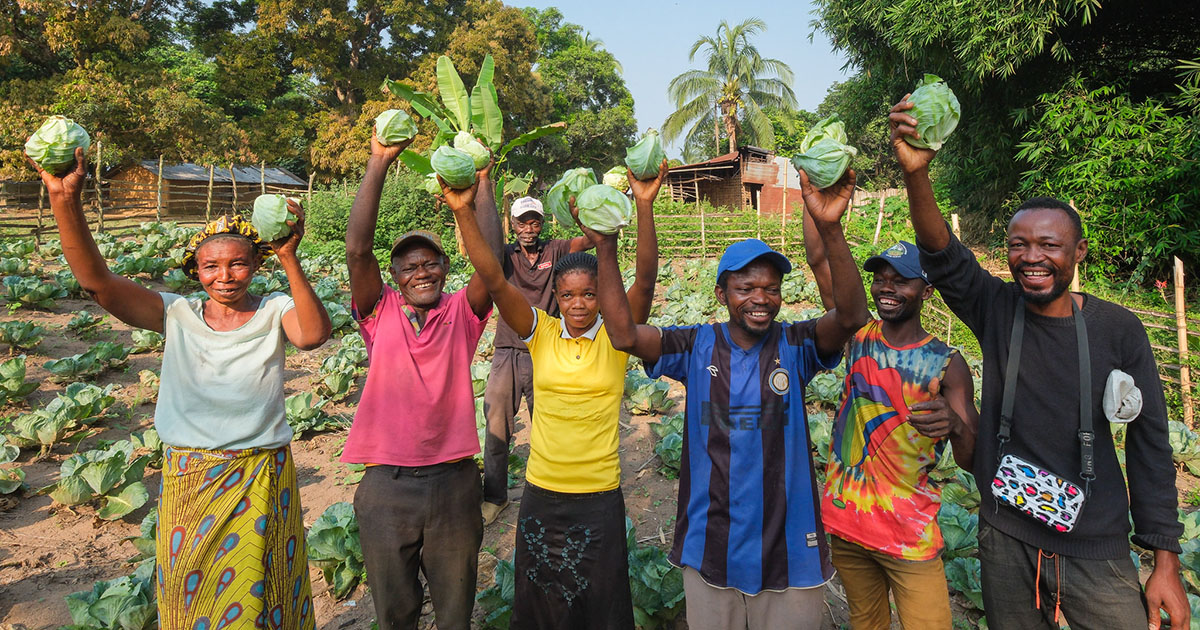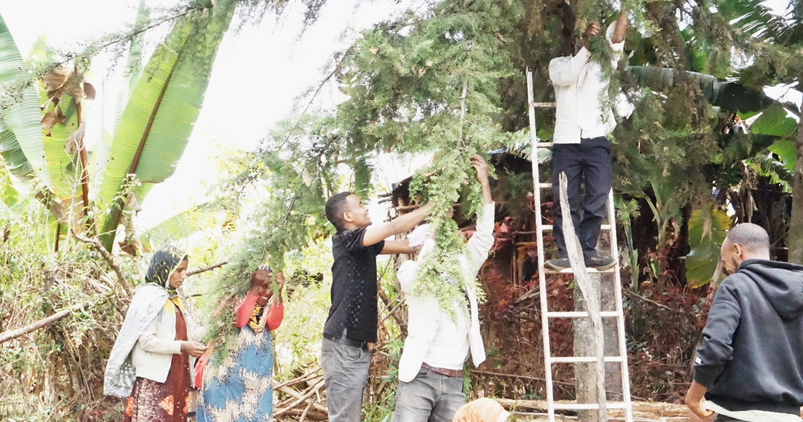To assist countries to reduce emissions from deforestation and forest degradation, the United Nations has introduced the REDD+ mechanism. This performance-based incentive mechanism requires accurate quantification of carbon stock and emissions. However, currently there are limited existing local or regional equations for estimating aboveground biomass in peat swamp forests. The main objective of this study was to define the most accurate models for aboveground biomass estimation in Indonesian peat swamp forests. We found that the pan-tropical equations performed better in estimating biomass of peat swamp forests than did existing local equations. We developed new equations, based on 148 trees from 24 families with diameter at breast height in the range of 2-167 cm collected from peat swamp forests in the western part of Indonesia. Statistical indicators showed that the best model form was the common linear one using log-transformed data. Estimated biomass values needs to be back-transformed applying correction factors. The ratio estimator correction factor which derives from the ratio between the average of measured biomass and the average of predicted biomass, was found to provide the lowest mean deviation. The existing pan-tropical equations performed similarly to our mixed species and dipterocarp models but they systematically under- or over-estimated the biomass of certain species groups, especially non-dipterocarp trees. We also found that grouping by family (dipterocarp vs. non-dipterocarp) and wood density class (hardwood vs. softwood) significantly improved the accuracy of biomass estimation. In the absence of wood density values, wood density-class specific equations, instead of mixed-species equations improved the accuracy of biomass estimates.
DOI:
https://doi.org/10.1016/j.foreco.2014.08.031
Dimensions Citation Count:





















